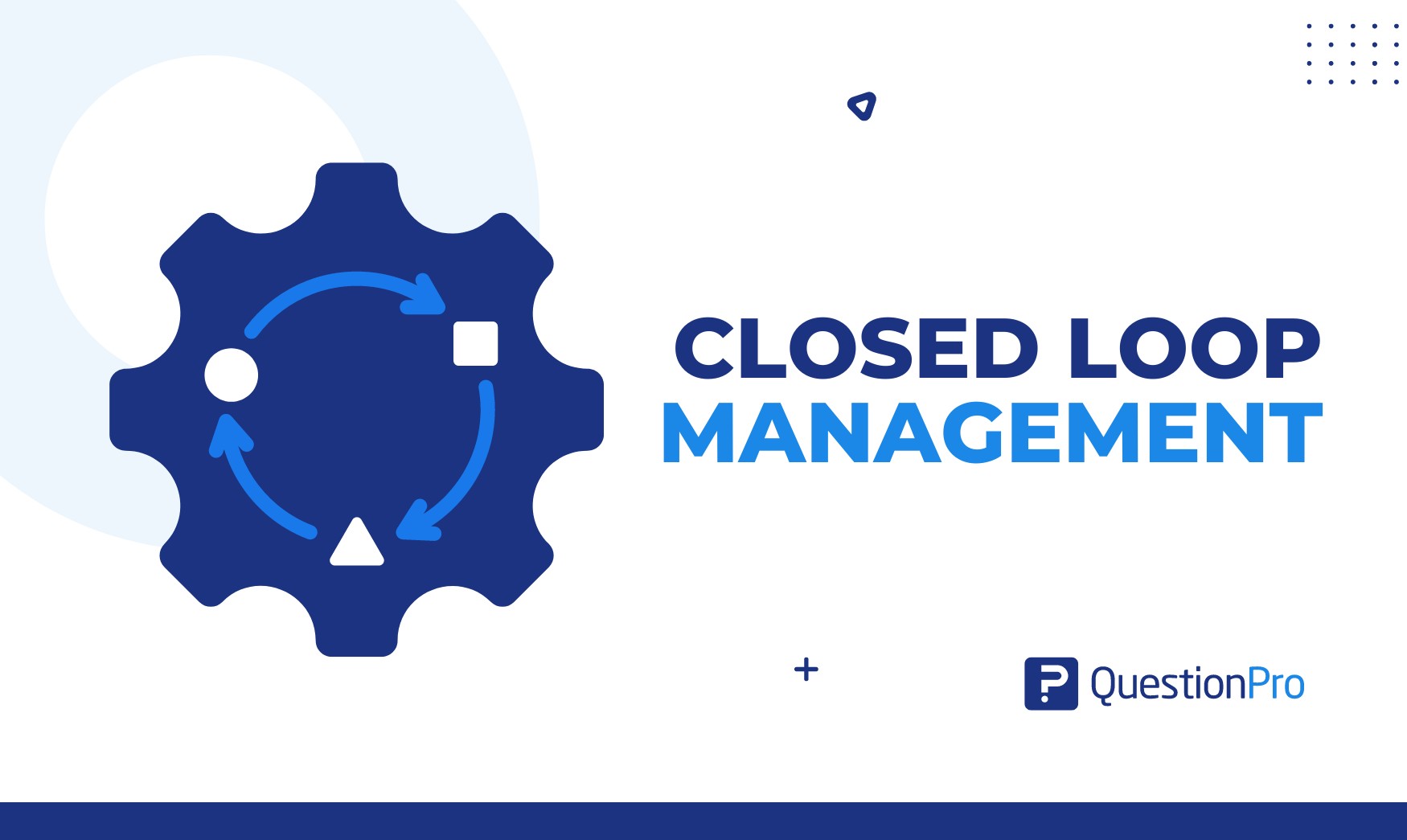
When customers provide negative feedback, it often goes unnoticed or unresolved, leading to customer churn or reduced loyalty. Closed-loop management ensures that feedback is acknowledged and addressed on time. The organization can follow up with the customer, resolve the issue, and demonstrate that their feedback is valued, improving customer satisfaction and loyalty.
Customer experience (CX) has established itself as a decisive competitive factor. Many companies regularly measure customer satisfaction with metrics such as NPS (Net Promoter Score), CSAT (Customer Satisfaction Score) or CES (Customer Effort Score). However, despite the frequent discussion about which metric is the best, one crucial aspect often remains unconsidered: How do companies deal with the feedback they collect?
Collecting customer feedback is the first step, but without effective action, this feedback remains worthless and falls flat. This is where closed-loop management comes into play – a systematic process ensuring customer feedback is collected and utilized meaningfully. But what is effective closed-loop management, and why is it so important?
What Is Closed-Loop Management?
Closed-loop management is a systematic process where businesses collect customer feedback, analyze it, and take direct action to address concerns or capitalize on opportunities. The key to this approach lies in “closing the loop”—ensuring that after taking action, the business follows up with the customer to inform them about the steps taken based on their feedback.
This process resolves issues promptly and effectively and strengthens customer relationships by showing that the company listens to and responds to their input. Closed-loop management is useful in improving customer satisfaction, driving continuous improvement, and fostering brand loyalty.
Why Closed-Loop Management is Crucial?
Many companies measure customer feedback but need to implement it. This leads to missed opportunities and customer satisfaction. Effective closed-loop management allows companies to turn customer feedback into real improvements while capitalizing on valuable business opportunities.
Statistics show organizations implementing strong feedback management software achieve 21% higher profitability and 55% higher customer retention. The reason? Customers feel heard and valued, which leads to greater customer loyalty and even upsell opportunities. In addition, companies can win back lost customers and strengthen their market position through targeted feedback.
Inner Loop vs. Outer Loop: Two Approaches to Closed Loop Management
Effective closed-loop management consists of two main components: the inner and outer loop. Both are crucial to ensuring that feedback is not only heard but also processed meaningfully.

- Inner Loop: The Inner Loop refers to immediate action based on individual customer feedback. This means that teams respond directly to specific feedback from customers, solve problems quickly, and inform the customer about the measures taken. The focus here is on direct interaction and rapid response to improve customer satisfaction immediately. Example: A customer leaves a negative review, and a customer service representative contacts them directly to resolve the issue.
- Outer Loop: On the other hand, the Outer Loop is concerned with higher-level learning and improving processes and products based on feedback trends. While the Inner Loop is aimed at the individual customer level, the Outer Loop addresses systemic problems. Companies analyze the collected feedback to identify patterns and make long-term, strategic improvements. For example, if several customers report the same problem, the product or service is revised to rectify this weakness.
What Effective Closed-Loop Management Should Look Like?
Effective Closed-Loop Management should follow a clear, structured process to ensure that customer feedback is gathered and acted upon promptly and appropriately.
- Immediate response to feedback (inner loop): Customer feedback should be answered promptly. A quick response shows the customer that their concerns are being taken seriously, strengthening trust in the brand.
- Prioritizing feedback: Not all feedback is equally important. Companies should learn which feedback needs to be prioritized. For example, negative feedback from valuable customers or critical services should be a top priority.
- Internal communication (outer loop): The feedback collected must be analyzed by CX teams and communicated effectively internally. Management and relevant departments should be informed and involved in the improvement process.
- Inform customers: If changes have been made due to feedback, the customer should be informed. This shows that the company not only listens but also acts.
- Long-term analysis (outer loop): Feedback should not only be considered in relation to individual cases. It is important to recognize trends and base strategic decisions on them.
Closed-Loop Management as a Growth Driver
The ultimate goal of closed-loop management is not only to increase satisfaction from customer feedback but also to generate growth opportunities. Companies that implement this approach effectively have the opportunity to strengthen customer relationships, realize upselling potential, and ultimately improve their market position.
Implementing effective closed-loop management requires commitment and the right infrastructure, but the long-term benefits are immense. Companies that neglect this approach risk falling behind in a highly competitive market. It’s not enough just to measure – you also need to act, both in the Inner Loop and the Outer Loop.







